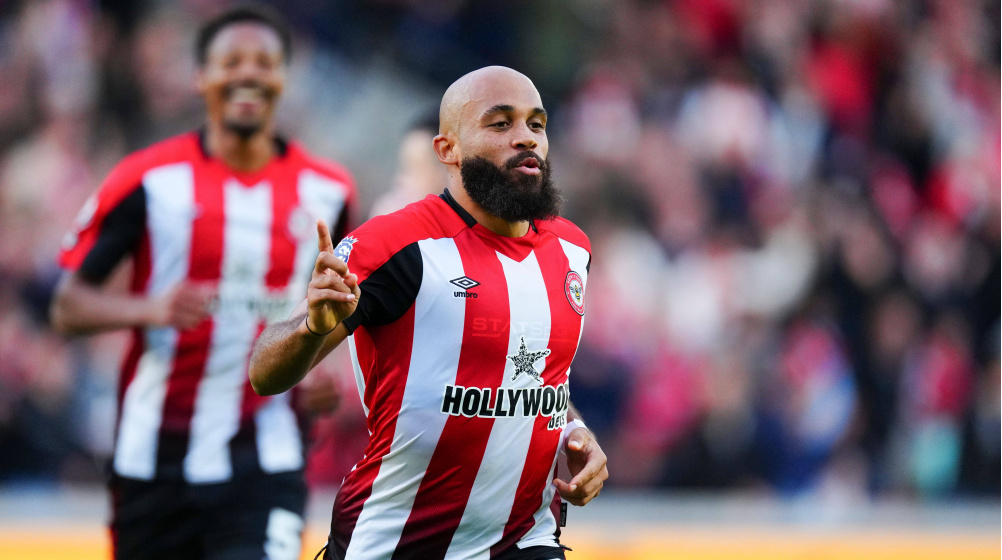Is there a new approach to transfers?

©IMAGO
The Premier League has established itself as the wealthiest league in European football, with English clubs spending a staggering €2.1 billion on new signings this summer. This figure surpasses the combined total of Serie A, LaLiga, and the Bundesliga, which stands at €1.8 billion, highlighting the widening gap between the Premier League and its European counterparts.
Moreover, the Premier League’s prowess isn’t just reflected in its high spending; it’s also turning a significant profit from player sales. This summer, clubs in the English top-flight have generated an impressive €1.1 billion from sales, outpacing Serie A’s €822 million and solidifying the Premier League’s status as the leading league in both purchasing and selling players during the transfer windows.

The Premier League’s Profitable Transfer Strategy
As illustrated in the graph, the Premier League’s income from player sales has surged in the post-COVID era, skyrocketing from just €454 million in the 2020/21 season to €1.8 billion last season—a remarkable increase of 300%. This summer’s record of €1.1 billion in player sales marks the best performance yet for this stage of the transfer window, eclipsing last year’s total of €893 million.
What accounts for this remarkable financial turnaround? A closer look reveals that the clubs benefiting most from player sales have predominantly been the Premier League’s elite and those mid- to lower-tier teams that have centered their business strategies around nurturing and selling talent.

Clubs like Chelsea and Manchester City have been significant contributors to player sales revenue since the 2021/22 season, generating €1.47 billion—over 23% of the total income for the league during this timeframe. Their success stems from smart signings and extensive youth development programs, enabling them to sign numerous promising players and sell them once they mature. For example, Chelsea has recorded €479 million, while Manchester City has accumulated €433 million from player sales.
Liverpool also stands out in terms of player sales, ranking sixth among English clubs in the past five years. This summer, they earned €133 million from transferring key players, including Luis Díaz and Jarell Quansah. They have efficiently capitalized on surplus players, yielding substantial returns from transfers involving Sadio Mané, Fabinho, Sepp van den Berg, and Fábio Carvalho.
Mid-table clubs like Bournemouth, Wolves, and notably Brighton have also embraced this profitable transfer model. Since their promotion to the Premier League in 2017, Brighton has generated an impressive €578 million from player sales, exemplified by the lucrative transfers of Ben White to Arsenal, Moisés Caicedo to Chelsea, and João Pedro to another club this summer.

Significantly, many top-tier clubs are now preferring to acquire established talent from within the Premier League. This summer, 21% of players signed by Premier League clubs were sourced from other clubs within the league—an increase from 20% the previous season—suggesting a strategic shift toward internal acquisitions.
The transfer market this summer has shown that eight of the ten most significant sales in the Premier League involved players moving to other English clubs. Examples include Rayan Aït-Nouri’s transfer from Wolves to Man City, Milos Kerkez moving from Bournemouth to Liverpool, and Matheus Cunha joining Manchester United from Wolves. The potential deal of Alexander Isak moving from Newcastle to Liverpool for a record fee further illustrates this trend.
Whether these trends will persist in the future remains uncertain. However, the rise of strategically savvy mid-table clubs, alongside the lucrative youth academies at Chelsea and Manchester City, and an inclination towards proven players in the league, position Premier League clubs to continue capitalizing on player sales like never before. Consequently, the league maintains its dominance in the transfer market both in terms of expenditure and revenue.














Leave a Reply
View Comments